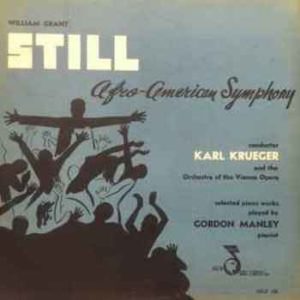
The Afro-American Symphony
*The first performance of the Afro-American Symphony, also known as Symphony No. 1, was celebrated on this date in 1931. It is the first symphony written by an African American and performed for a United States audience by a leading orchestra.
"Afro-American" and Symphony No. 1 in A-flat major is a 1930 composition by William Grant Still. It premiered with the Rochester Philharmonic Orchestra and was published in 1935. Still composed the Afro-American Symphony over three months. Sketches for the symphony, including a layout of its four movements, are found in a journal that Still was using to collect material for an opera called Rashana, which he never finished.
In his journal, he wrote: "I seek in the 'Afro-American Symphony' to portray not the higher type of colored American, but the sons of the soil, who still retain so many of the traits peculiar to their African forebears, who have not responded completely to the transforming effect of progress." Although he had received instruction from (among others) the French modernist composer Edgard Varèse, Still used a traditional tonal idiom in the Afro-American Symphony, infused with blues-inspired melodic lines and harmonic colorings.
Still used quotes from four poems by early 20th-century Black poet Paul Laurence Dunbar as epigraphs for each symphonic movement. The symphony is about twenty-four minutes long. It is a symphonic piece for a full orchestra, including a celeste, harp, and tenor banjo. It combines a traditional symphonic form with blues progressions and rhythms characteristic of popular African American music at the time. This combination expressed Still's integration of black culture into the classical forms.